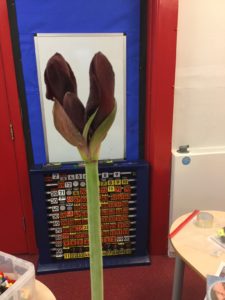
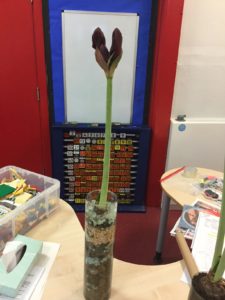
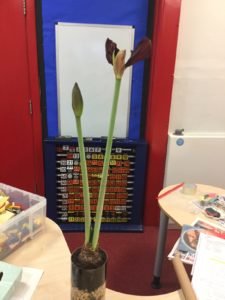



With an upcoming skipping competition in a few months, Year 4 have been continuing practising for this event. Today, it was very evident, from the amount of progress, that lots of children have been skipping at home too – well done!
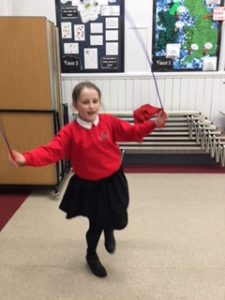
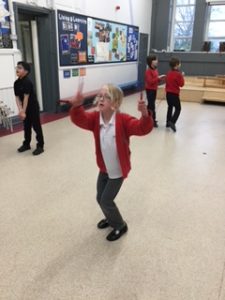
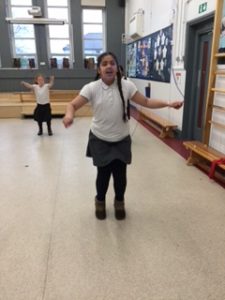
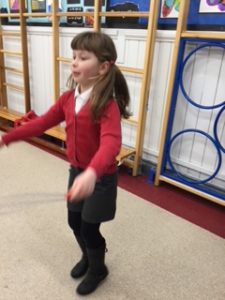

This week, we’ve continued learning about words that end in a ‘shun’ sound. The children have been given some sentences and they need to write them out into their homeworks books. They need to add the appropriate ‘tion‘ word and underline it.
Presentation is important in all books and we expect to see a high standard of well presented work in homework books, too!
For some children, this needs to improve!
Times tables
By the end of Year 4, the children need to know all times tables. This includes the 11 and 12 tables also. Along with the multiplications, the children also need to know the division facts for each calculation.
4 x 6 = 24 24 divided by 4 = 6
6 x 4 = 24 24 divided by 6 = 4
Next week, the class will be tested on the 6 and 7 times tables.
This week, our homework is Talk Time: What is beauty?
Children should discuss this question with someone at home.
In class this week, we’ve had a lesson about body image. We discussed that:
Talk about how beauty is in the ‘eye of the beholder’ and that what is beautiful to one person may be very different for another. Can your child explain what ‘media’ is and why physical appearance is altered for advertising purposes? Are children aware of the negative consequences that photo shopping or air brushing may have on young people?
We’ll discuss this as a class as part of our homework review.
Body image is the focus of this half term’s Living and Learning lessons.
Today, we began our sessions by reading a newspaper report encouraging boys to talk about body image and the effect that it can have on thier mental health and well being.

There is growing evidence that boys do care deeply about how they look, and it can be something that makes them feel bad about themselves.
As a class, we discussed factors that may influence how a person feels about their body. Advertisements, media, wanting to ‘fit in’, peer pressure, inclusion and popularity were just some ideas we came up with.
The children were very mature throughout this lesson and asked some interesting questions.
We thought about the parts of our bodies that we couldn’t change and why some people feel they need to alter thier image.
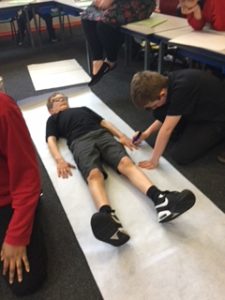
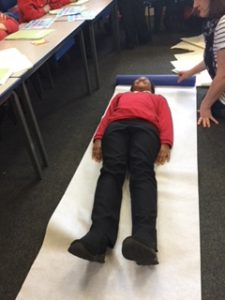
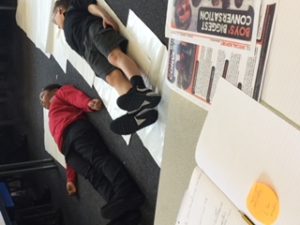
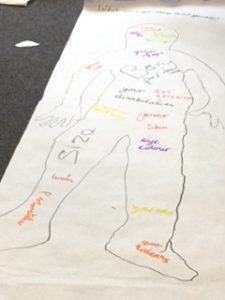

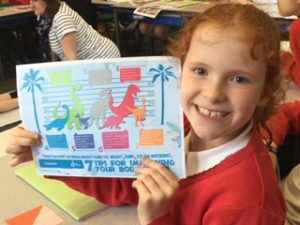

Once again, some super, creative homework this week. The children were asked to think about what they like about reading.
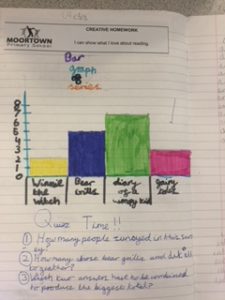

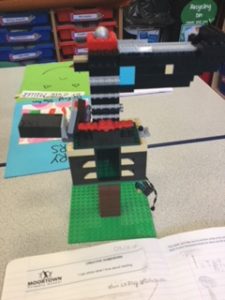
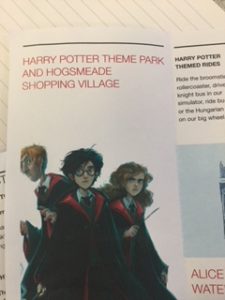
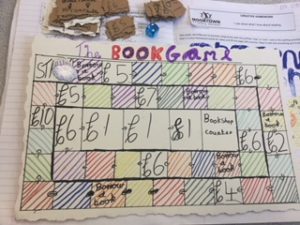
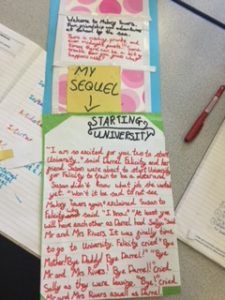
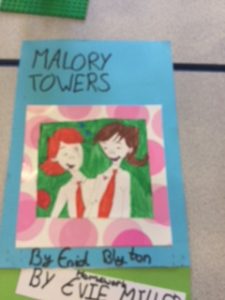
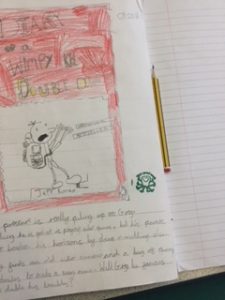
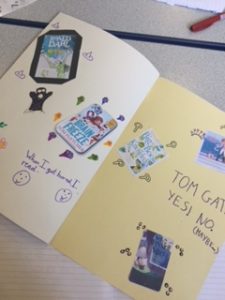

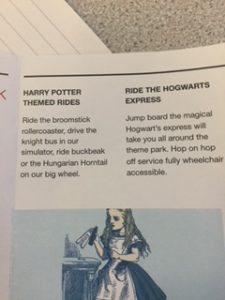
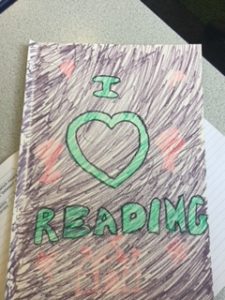
In September, we noticed that some children were reluctant to read. To encourage more love of reading, we regularly update our reading area, ensuring that we have a variety of texts and an inviting area in which to relax and read. Aside from the sheer joy of exercising the imagination, research shows reading for pleasure improves literacy, social skills, health and learning outcomes.
The children are encouraged each week to bring something to read from home. This doesn’t have to just be a book. It could be reading material such as:
Over the year, so far, we’ve noticed a much improved enthusiasm for reading.
Keep it up, Year 4!
This morning, we thought about how and why we give compliments.
We discussed how important it is to be a part of the ‘classroom community’. We need to care about and take care of each other. Giving compliments is an example of caring and taking care.
The class observed each other giving one another a compliment and noted the appropriate way to receive a compliment. We then discussed how the giving and receiving of compliments improves the mood of the classroom, school and individuals.
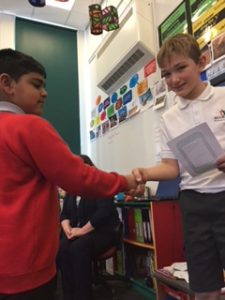
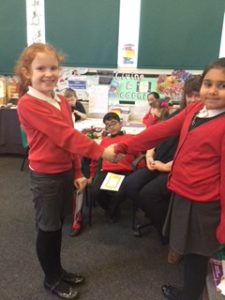
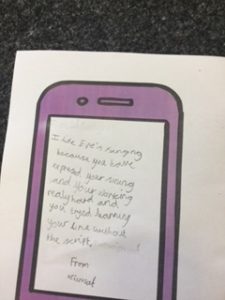
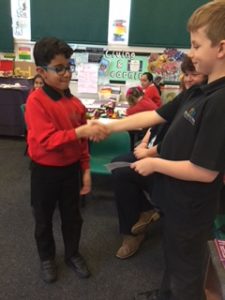
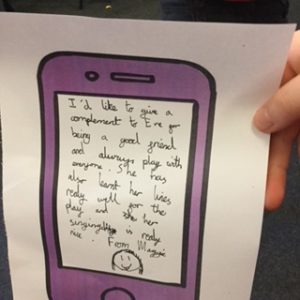
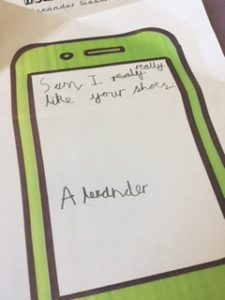
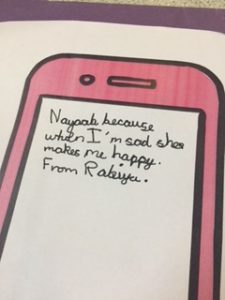
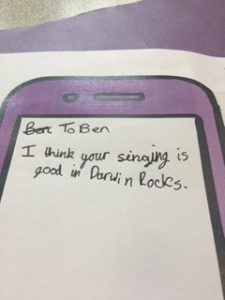
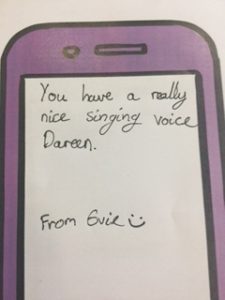

To finish our lesson, using a ball of string, we created our own ‘compliments web’. Each person complimented a classmate and passed the string across to them. As they received the compliment, each person needed to respond appropriately.
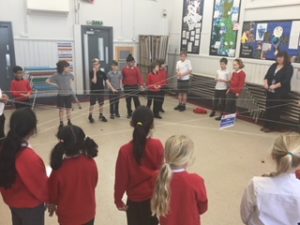
Today, during our daily plant observations, we noticed that one of our amaryllis bulbs is beginning to open. The children made predictions as to what colour they think the flower will be.
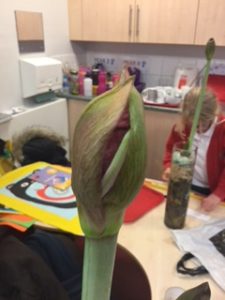
Evie also noticed in her observation that the growth of the stem had slowed down considerably.
Day 1 33 days later
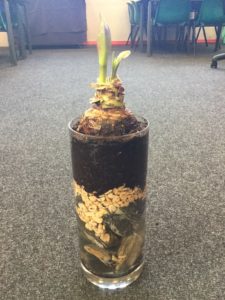
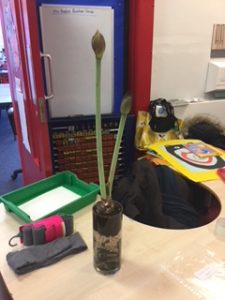
In Year 4, there are lots of ways in which we celebrate success.
Success can be in any area of school life.
These rewards include individual golden tickets, certificates, prizes, stickers and postcards home. We also have whole class and table rewards. Look out for certificates this week and please celebrate your child’s achievements with them.
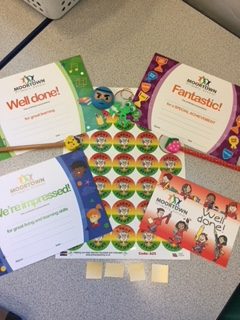
As part of our on-going support for mountain gorillas, last week, Year 4 received the latest update from the WWF charity.
| Welcome to your latest gorilla adoption news.
I hope The Year 4 is enjoying being a gorilla adopter, and learning more about these unique-looking, intelligent animals whose future you’re now a part of. Here’s your latest update on just how your support is helping. Together, we shared this information. The children had lots of questions. “What can be done to save these creatures?”
“What place do they have in the food chain?” |
| WHY MOUNTAIN GORILLAS MATTER |
| Gorillas, like all animals, play an important role in their ecosystem. Without the gorillas, which are large-scale grazers, eating a variety of vegetation, the natural balance in the food chain would be disrupted. This could negatively affect other wildlife, their habitats, and ultimately the people who depend on that environment for food, water and other resources. |

Year 4 are enjoying learning about these and other endangered animals. We have stories, leaflets, reports and lots of data in our reading area to further our knowledge of the amazing work done by the WWF.
“If we don’t look after these animals, then people in the future will never see them in real life!” commented Gurnoor.
Year 4 are learning lots of new vocabulary throughout of current topic of ‘Life Forces‘ and it has been great to hear them use these new words in their questions.
Here are some examples:
…and many more new words.
Question your child about these words. Can they give you a definition? If not, can they find out how and where to get a definition from?
We constantly remind the children about using the internet for research safely.
Is all information online reliable?
Not all of the information you find on the internet is true because anybody can write anything they want to online.
Make sure you always compare the information you find online with other websites, books, or people who might know to make sure it is true. Use the 3 Website Rule.
Remember, when using the internet for research, use trusted child-friendly sites.
Stay safe online!